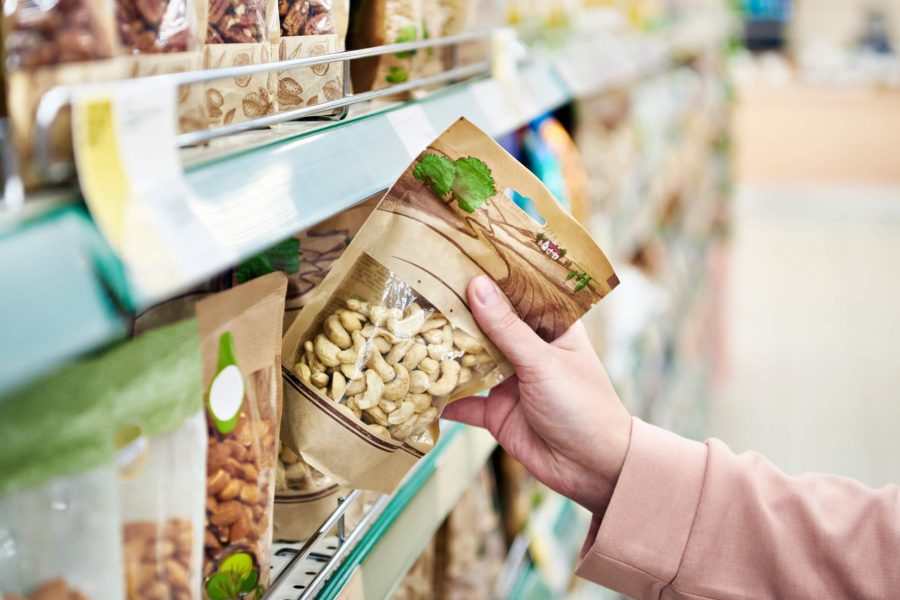Sustainability
Discover a More Sustainable Way to Package Your Products
As the world becomes more conscious of its impact on the environment, industries are taking notice and making changes to support sustainable practices. The flexible packaging industry is no exception. In fact, sustainability has become a crucial component of the industry, as it impacts everything from production to waste management.
Flexible packaging is inherently sustainable, as it requires less energy and resources to manufacture than traditional packaging. This process also results in less waste, making it a more environmentally friendly option. By prioritizing sustainability, the flexible packaging industry is not only doing its part to protect the planet, but also contributing to the growth of a more eco-friendly economy.
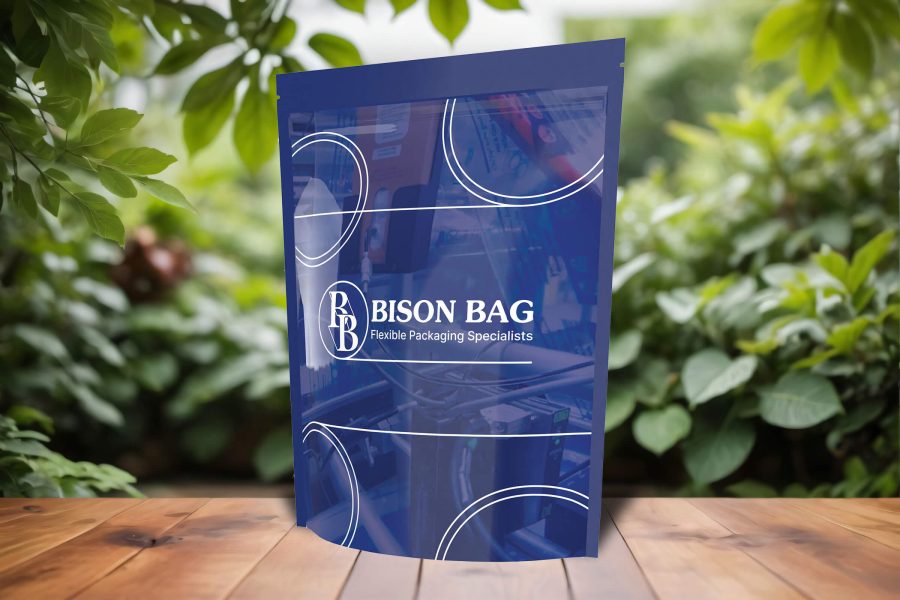
Flexible Packaging Sustainability Benefits
Flexible packaging has numerous sustainability advantages across the entire package life cycle when compared to other formats.
Lightweight/Source Reduction
Transportation Benefits
Due to Inbound Format And Lightweight Nature
High Product-to-Package Ratio
Beneficial Life Cycle Metrics
Material/Resource Efficiency
Food Shelf Life Extension
Reduced Materials to Landfill
Types of Sustainable Flexible Packaging
Recyclable & Post Recyclable Materials
Recyclable Options are Revolutionizing Packaging
With the latest advancements in polymer and processing technologies, sustainable films are ushering in a new era of sustainable, flexible packaging that doesn’t sacrifice performance. These innovative films enable businesses to reduce their carbon footprint and greenhouse gas emissions, while still delivering on the functionality and durability required for modern packaging.
Perhaps even more importantly, these sustainable films offer recyclable options for packaging materials that were previously unrecyclable. By using post-consumer recycled resins and converting multi-material packaging into recyclable formats, businesses can help contribute to a more sustainable future while still meeting their packaging needs.
Interested in Learning More?
Click here to read about their Green Arrow™ line of environmentally responsible packaging.
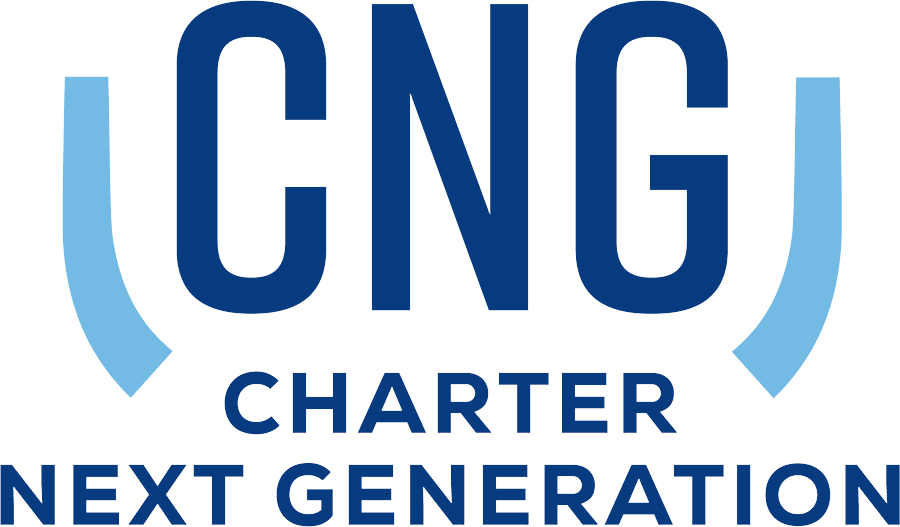
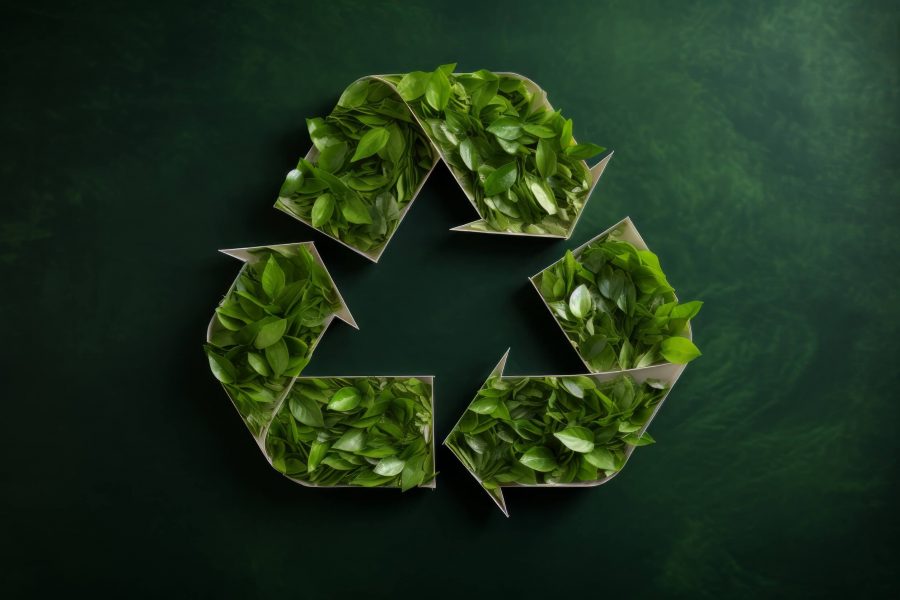
Biodegradable Materials
Shelf Stable, Biodegradable Flexible Packaging Solutions
Biodegradable products are paving the way for a healthier planet. They are shelf stable for an indefinite amount of time and only react with microbes found in certain environments like soil, water, and landfills. The timeframe for biodegradability is dependent on several factors, such as the type of plastic, density, and gauge, as well as the microbial activity of the site where it was disposed of.
What makes these films stand out is the organic additive that creates an enzyme that breaks down the long-chain molecules in plastic to small pieces that microbes can consume, leaving nothing behind but water, CO2, and organic biomass that is beneficial to plant growth. These flexible packaging options are promising for a more sustainable future, and they do not require water, heat, sunlight, or oxygen to biodegrade – only the ever-present microbes found in soil or water.
Interested in Learning More?
Click here to read about their Omnidegradable® line of biodegradable packaging.

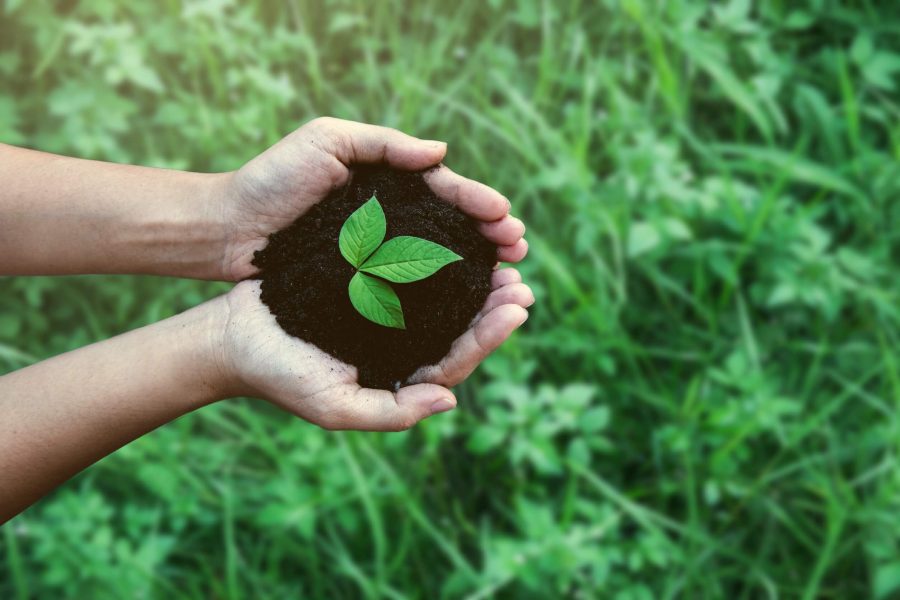
Compostable Materials
Go Green with Compostable Plastic Packaging
The benefits of compostable plastic packaging are increasingly gaining popularity, especially in the flexible packaging industry. This packaging option tackles plastic pollution from the design stage, mimicking the positive attributes of conventional plastic while offering a built-in solution for its end-of-life.
Biodegradable packaging also offers a circular solution that ensures a transition towards a sustainable future. The compostable certification means that the packaging decomposes under compost conditions within a maximum of 180 days, offering a perfect alternative for non-recyclable materials.
Companies that adopt compostable plastic packaging are assured of less waste and reduced negative impacts on the environment. This transformation paves the way to a more sustainable future.
Interested in Learning More?
Click here to read about their commitment to circular economy through sustainable packaging.
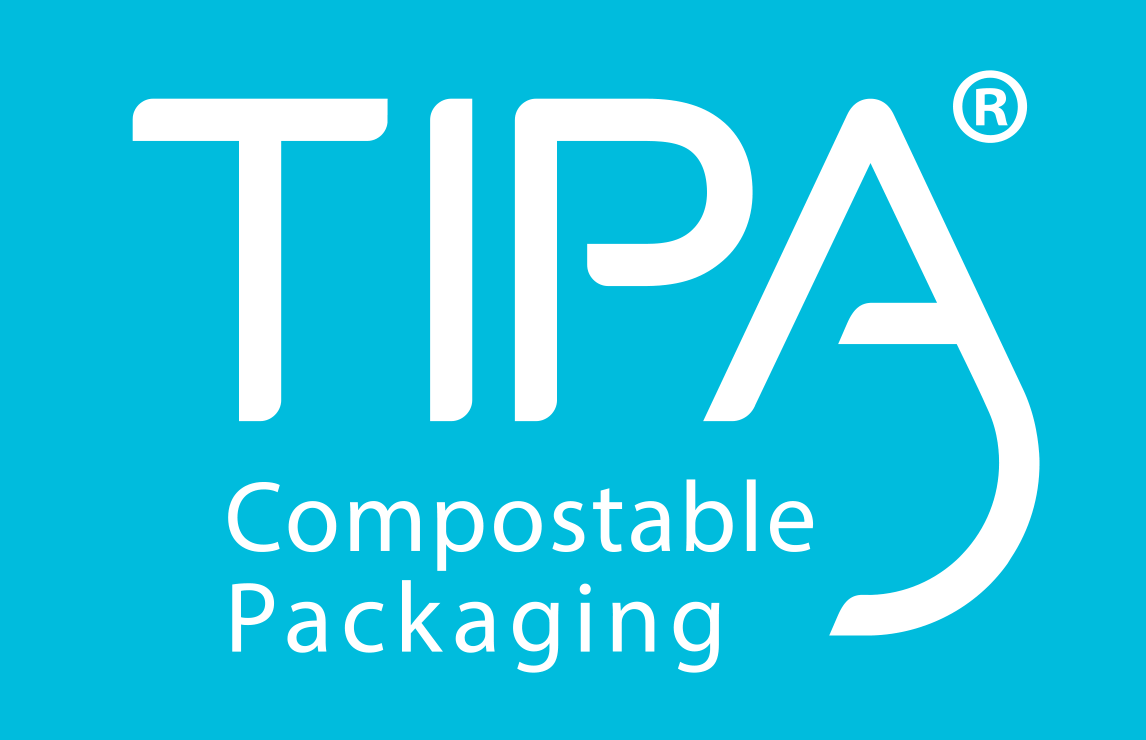
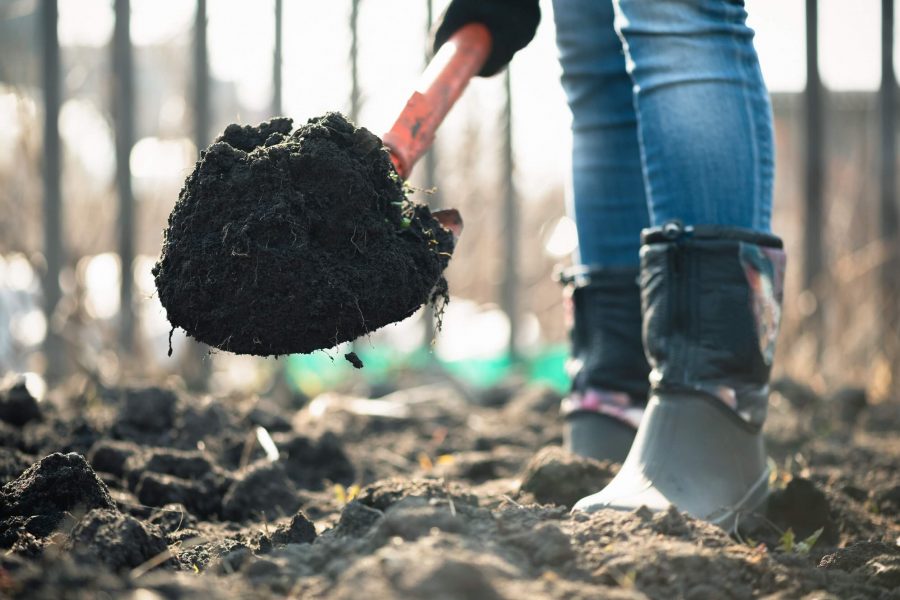
Sustainable Film Attributes
| Sustainable Film | Description | Current Market Use | Content Description | Performance |
|---|---|---|---|---|
| Reduce Your Carbon Footprint | 5-Layer films designed for downgauging bio-based or compostable resins |
|
100% PE or renewable sources | Similar performance to incumbent films at thinner gauges |
| Reuse Post-Consumer Recycled Materials | Films incorporating up to FDA-compliant post-consumer recycled (PCR) resins |
|
Up to 50% PCR | Similar performance to virgin PE films; FDA compliant |
| Recycle Convert Your Packaging Into a 100% Recyclable Format | Print and sealant films to be used in all-PE structures: new EVOH films for oxygen barrier: films with moisture barrier |
|
Films which meet How2Recycle® requirements | Similar performance to multi-material packaging (PET/PE) in an all-PE structure |
Dealing With Hard to Recycle Flexibles
The materials used in the flexible packaging industry are traditionally difficult to recycle due to their composition. However, some companies have taken on the challenge of finding ways to recycle hard-to-recycle materials.
These companies have implemented sustainable practices to collect and process typically non-recyclable garbage. Shredding and cleaning materials to remove any residual components or contaminants ensures the longevity of the recycled products.
In this way, clean plastics can be mixed with other plastics to create blends for flexible packaging while still being environmentally conscious.
Interested in Learning More?
Click here to read about their innovative recycling programs.
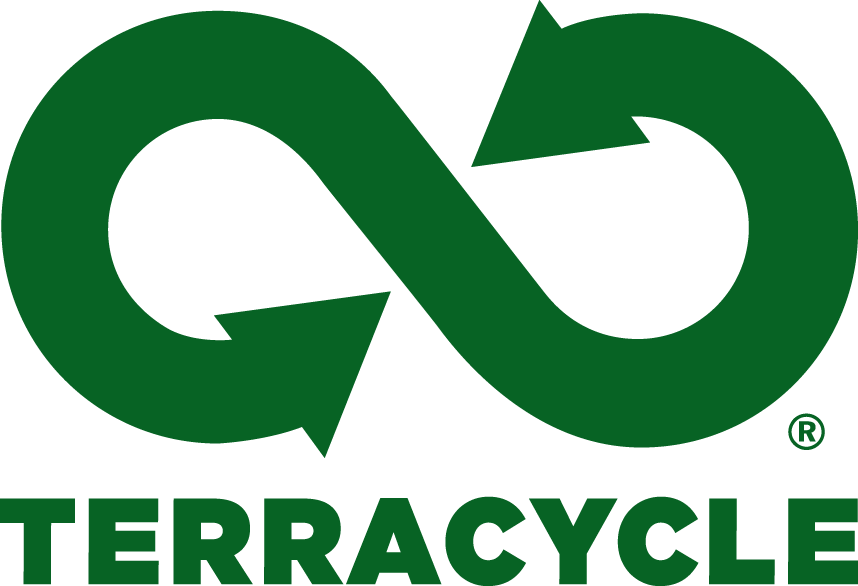
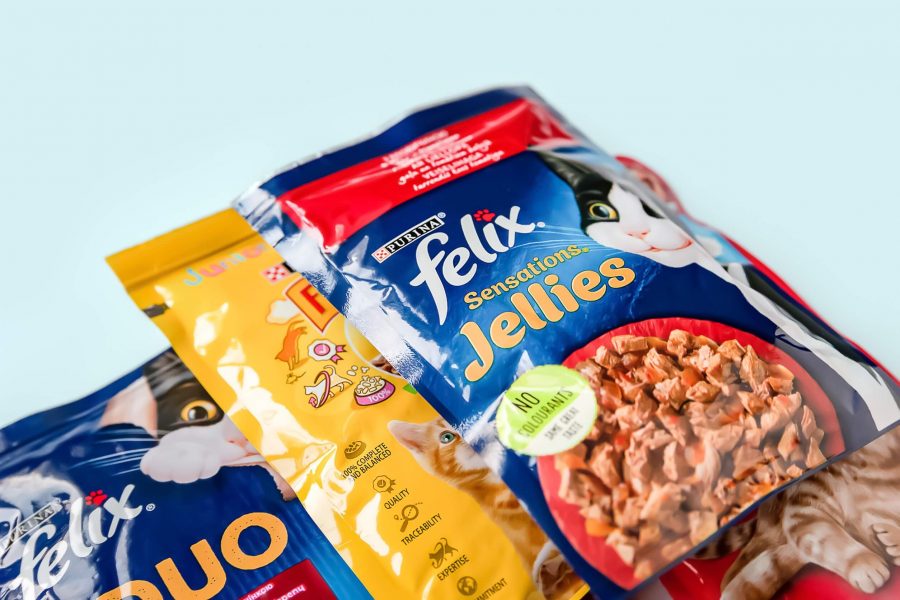
Reduce, Reuse, Recycle. In that order.
Reduction is the Key to Sustainability
When it comes to sustainability, reducing the distance a product is shipped, the water and energy consumed during production, minimizing food waste, and using the best material for packaging are some of the most important things a company should consider.
With flexible packaging solutions, companies can minimize their environmental impact by reducing the amount of packaging needed while still protecting products during transport. In doing so, companies can minimize their carbon footprint while still delivering high-quality products to their customers.
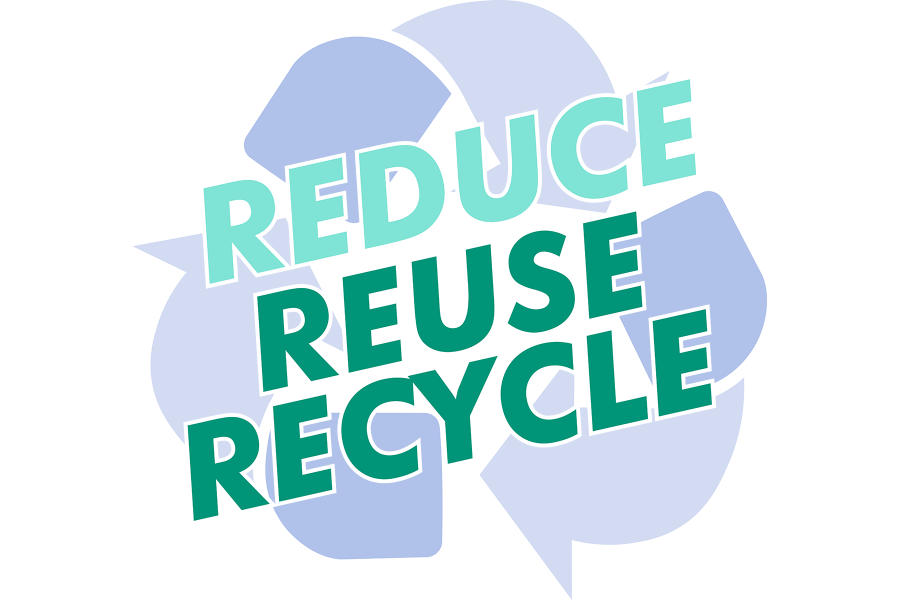
Unlock Your Potential With Life-Cycle Assessments
By analyzing the full life cycle of a product, from raw materials to disposal, companies can identify areas where they can reduce their environmental impact and take advantage of sustainable practices. This is especially important for the flexible packaging industry, which has traditionally relied on non-recyclable materials.
By implementing sustainability measures across the supply chain, companies can not only reduce their carbon footprint but also appeal to conscious consumers who are looking for environmentally friendly options.
Interested in Learning More?
Click here for more sustainability resources and life cycle assessment case studies.

